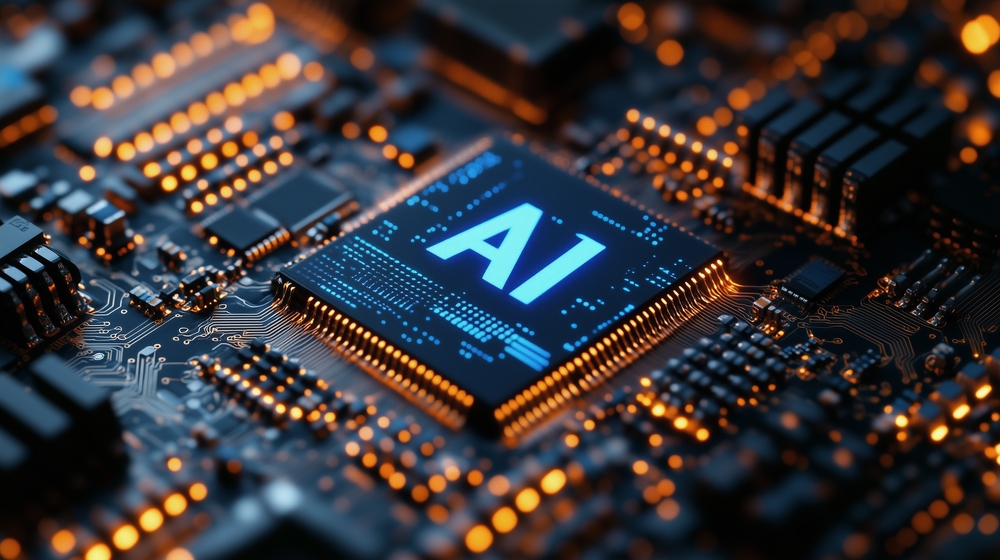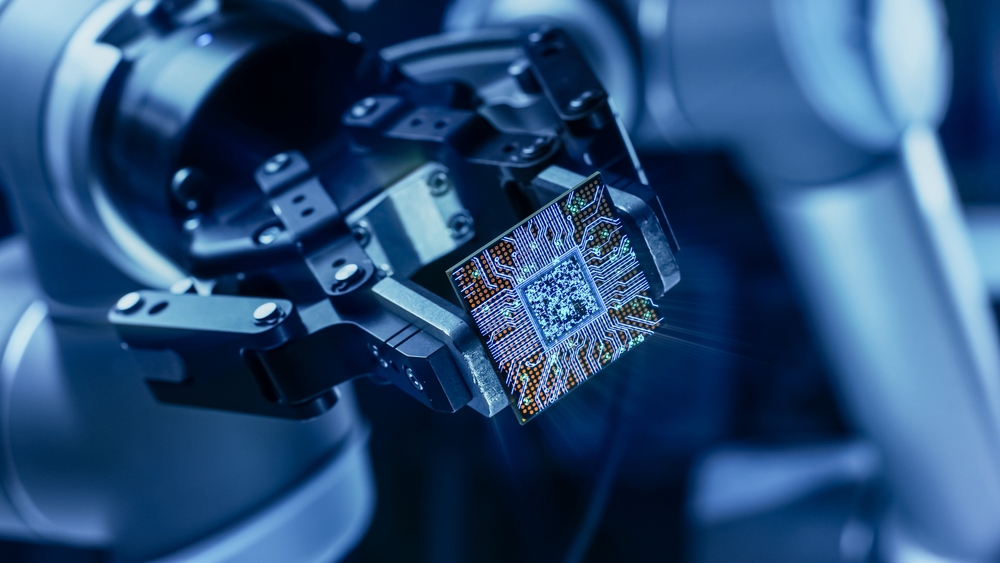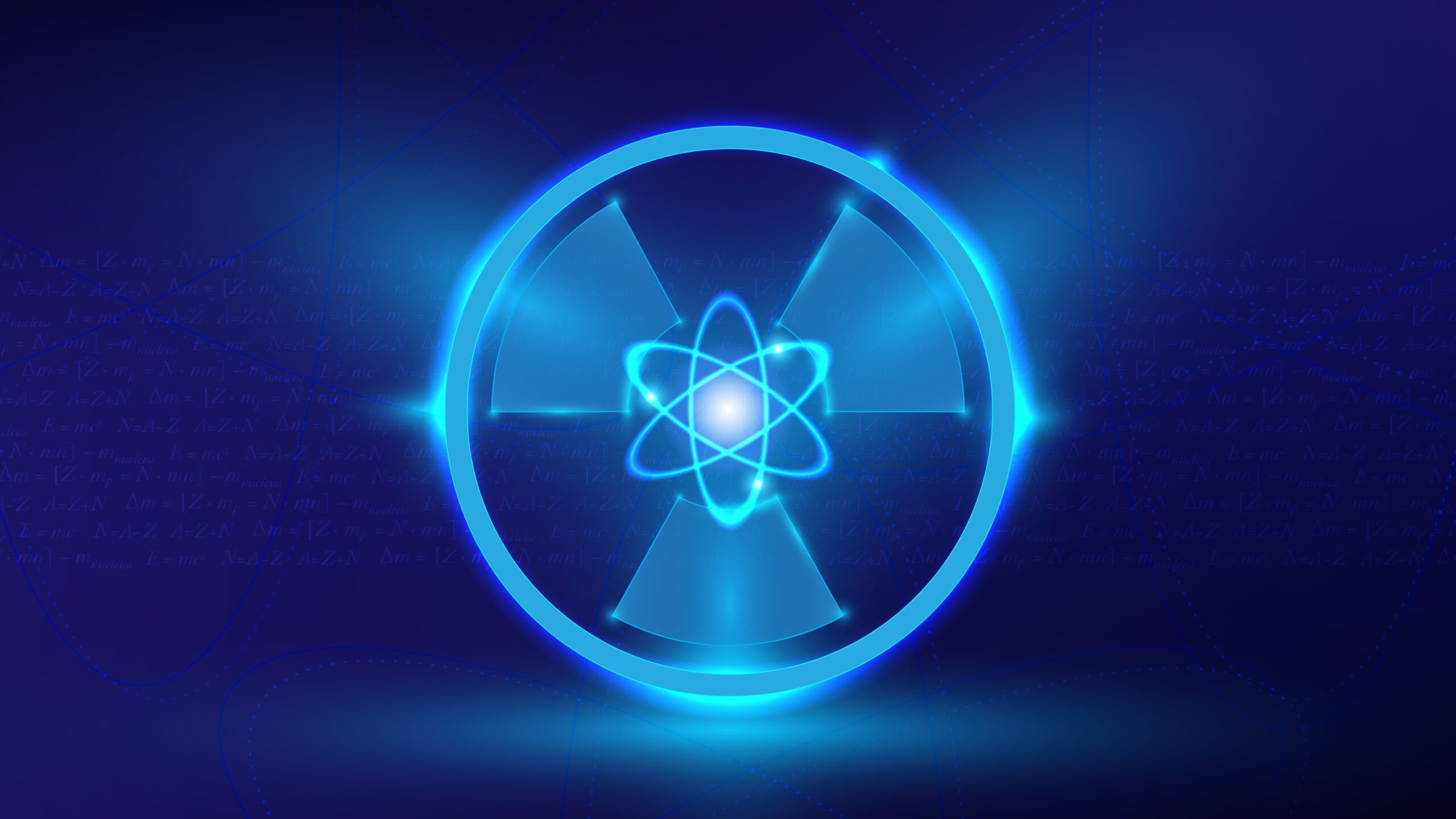Stable/Medical Laser Isotope Separation
Engineering advanced materials for semiconductor and medical industries
The technology is based on patented CRISLA technology. It is high throughput, modular, and scalable. It has been demonstrated with uranium hexafluoride for the nuclear industry at TRL4. The system is capable of high-purity enrichment. It is clean, efficient, and has a small footprint. The technology offers a low cost in terms of CapEx and OpEx. LIST has deep roots in the semiconductor industry. A global market analysis is currently underway.
Laser Separation of Silicon-28: Next-gen chips for AI and High Power Computing
Better Heat Management
-
Reduced cooling demands
-
Boost in chip efficiency
Better Heat Management
-
Reduced cooling demands
-
Boost in chip efficiency
Better Heat Management
-
Reduced cooling demands
-
Boost in chip efficiency
Laser Separation of Silicon-28:
Quantum Computing
Ultra-Low Nuclear Spin
- Reduced magnetic noise
- Longer coherence times for qubits
- More stable quantum operations
- High Qubit Fidelity
Compatible with Existing
Semiconductor Technology
- Facilitates scaling quantum devices
using existing infrastructure
Scalability
- Leading candidate for quantum
computing platforms
Laser Separation of Medical Isotopes: Diagnostics and Therapy
Energy-efficient process
- Low power requirements
Compact design
- Low footprint
- Potential for in-situ production,
reducing logistics costs
Versatility
- Suitable for selection of isotopes
Modularity
- Production volume scaling




